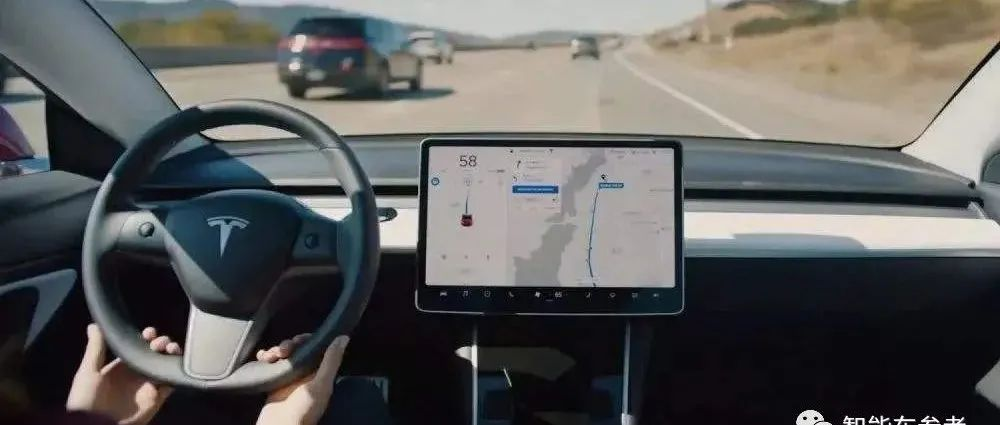Jia Haonan posted from Co-pilot Temple
Reference for Intelligent Cars | Official WeChat account: AI4Auto
What can make Tesla tirelessly, repeatedly, and persistently say for three years?
“Hey, my self-driving system is really safe. It’s much safer than human driving…”
Indeed, Tesla’s vehicle safety report, released every quarter for three years, has a new version once again.
This time, Tesla believes that their self-driving system’s reliability is 8.9 times that of human driving.
How did they get 8.9 times?
Unlike the lengthy yearly self-driving safety reports released by autonomous driving companies such as Baidu and Google, Tesla’s quarterly vehicle safety report is only a few short sentences.
First is the average mileage when Autopilot is activated to cause an accident.
Then there is the average mileage for Tesla owners to record an accident both with and without Autopilot, as well as the comparison of horizontal data with the US NHTSA.
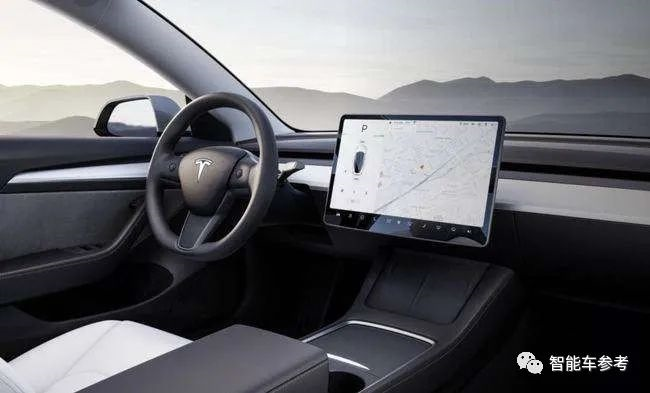
The latest disclosed data is all from the 4th quarter of 2021.
Tesla stated that when Autopilot (including automatic assistance driving and active safety features) is activated, there is one accident recorded every 4.31 million miles (6.94 million kilometers).
For Tesla owners who did not activate Autopilot and also turned off the active safety feature, an accident occurs on average every 1.59 million miles (2.56 million kilometers).
Similarly, the latest data from the US NHTSA in the fourth quarter of 2021 shows that on average, there is one traffic accident for every 0.484 million miles (0.779 million kilometers) across the United States.
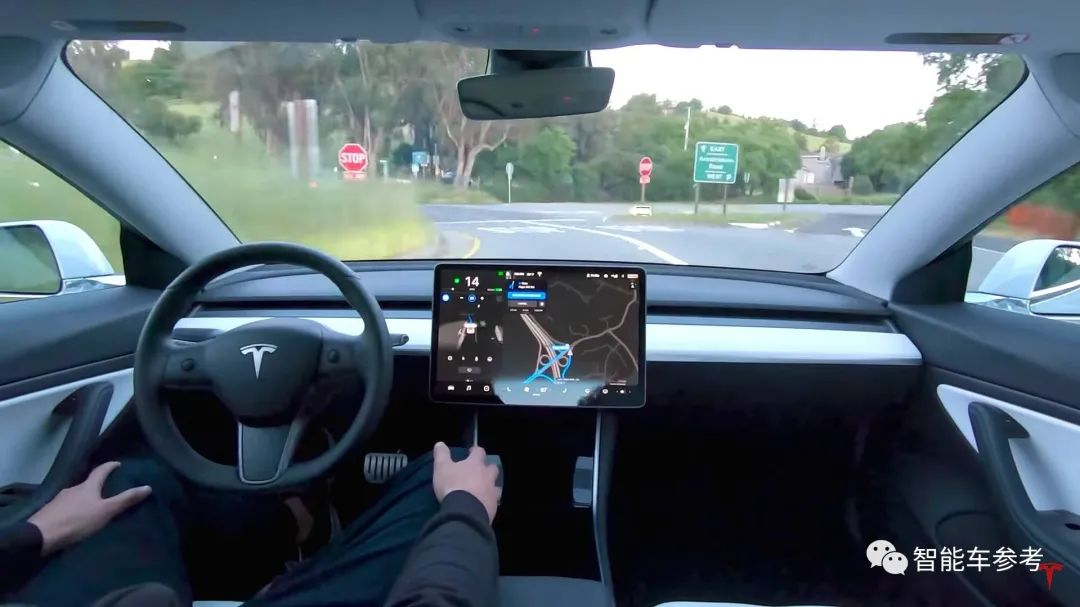
The so-called 8.9 times is the comparison between Tesla Autopilot activations and the average accident rate in the United States.
The statistics do not include FSD, which is essentially an assistance driving level of Autopilot, but Tesla still refers to it as “Autonomous Driving Assistance”.
Tesla claims that they calculate accident rates through the driving data transmitted back by each Tesla, including both Autopilot and manual driving situations.
Moreover, Tesla believes that their statistics are conservative.
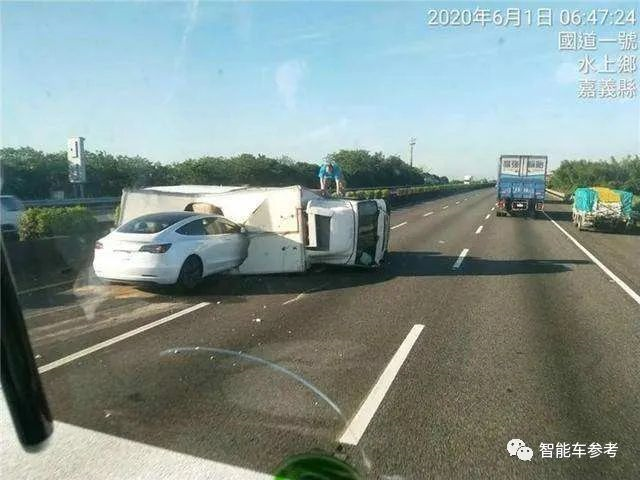 Tesla claims to be rigorous in its approach to safety, disabling autopilot five seconds before any collision and including every collision which triggers airbags, even those that are not the driver’s fault, in the statistics. Conversely, the NHSTA doesn’t include minor collisions in their statistics, which Tesla believes accounts for at least half of all accidents.
Tesla claims to be rigorous in its approach to safety, disabling autopilot five seconds before any collision and including every collision which triggers airbags, even those that are not the driver’s fault, in the statistics. Conversely, the NHSTA doesn’t include minor collisions in their statistics, which Tesla believes accounts for at least half of all accidents.
In other words, the numerator can actually be bigger, and the reliability of Autopilot might be far more than 8.9 times higher than the national average.
Has Tesla’s autopilot made progress?
According to Tesla’s official statement, Autopilot safety data has always far exceeded the national average.
But how does it compare to its previous performance?
Owners have constantly contributed to road data, and algorithms are continuously being upgraded. Is Tesla’s Autopilot any safer today than it was yesterday?
Insideevs, a foreign news outlet, conducted a detailed analysis of Autopilot data.
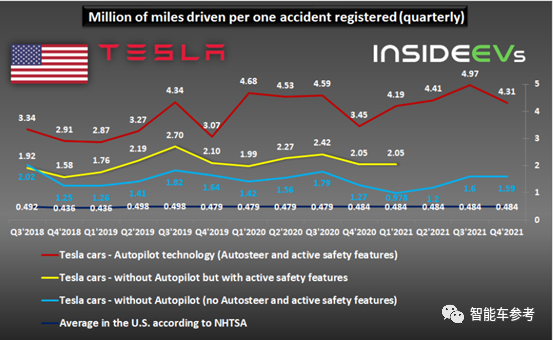
All data comes from Tesla’s official statistics, with the meaning being “one accident reported per XX miles.” Therefore, the higher the point on the y-axis, the better the performance.
The deep blue line at the bottom represents the national average, which has been crushed by Tesla’s performance.
The light blue line represents data from vehicles without Autopilot that have also turned off active safety functions, showing that Tesla still outperforms the national average.
Tesla’s official stance is that their vehicle models prioritize safety, have reasonable design, and use quality materials.
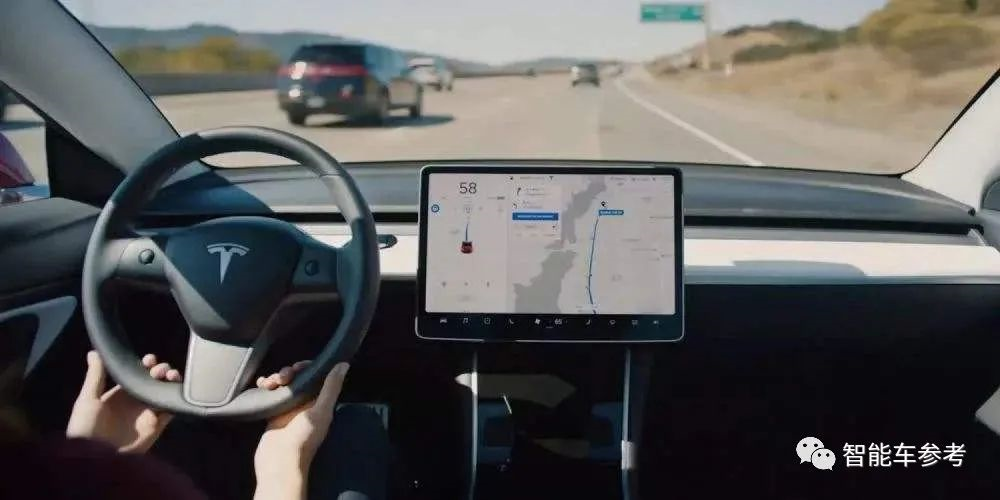
The yellow line represents vehicles without Autopilot but with active safety features turned on.
The red line directly reflects Autopilot’s capabilities. It shows that, compared to 2018, the latest data has improved by about one-third.
However, since 2020, the data has remained relatively flat, with several fluctuations ultimately returning to the median of 4.5 million miles per accident.
The reliability and progress of Autopilot now have a clear answer.
— End —
This article is a translation by ChatGPT of a Chinese report from 42HOW. If you have any questions about it, please email bd@42how.com.
